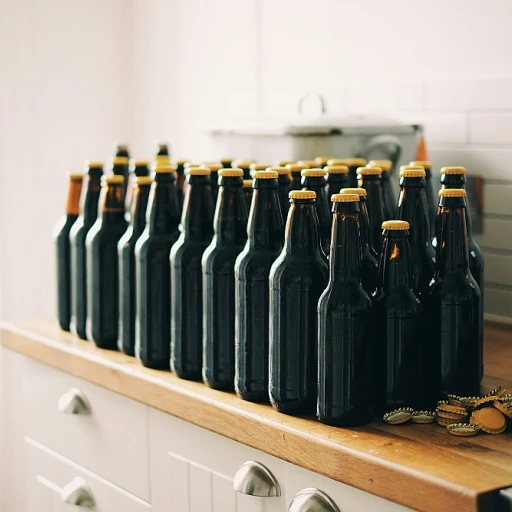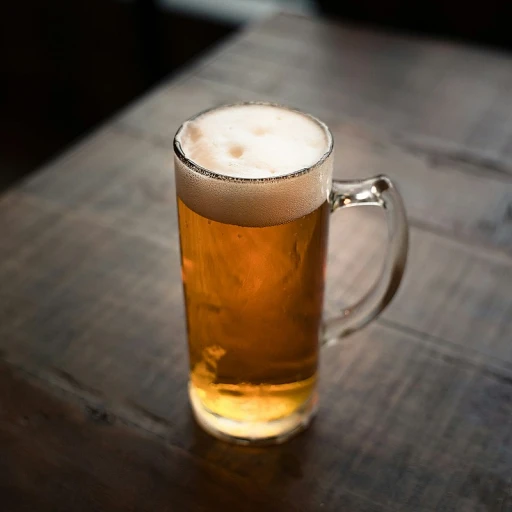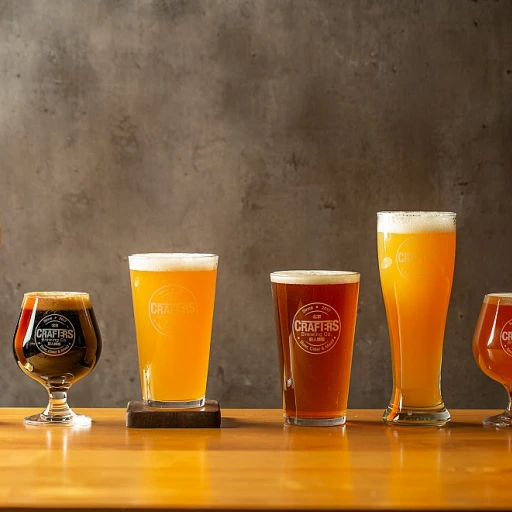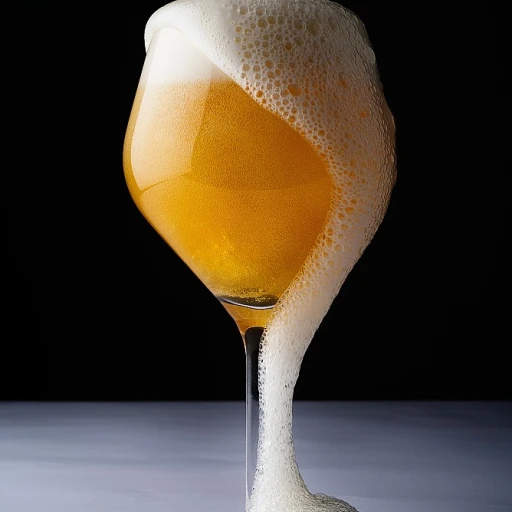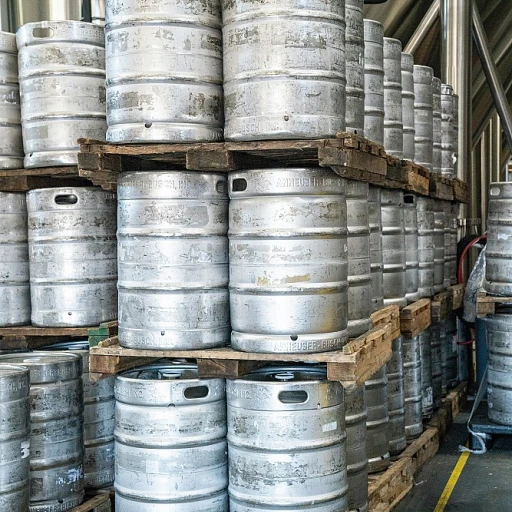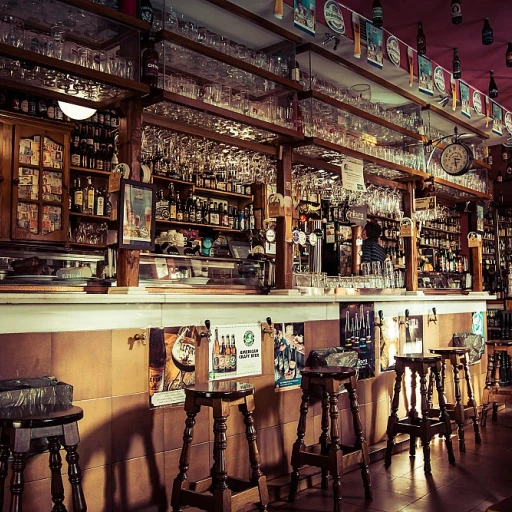
Understanding pale ale and ipa: a quick comparison
What sets pale ales and IPAs apart?
Pale ales and India pale ales (IPAs) are two of the most popular beer styles, but they often get mixed up. Both are known for their golden to amber color and a refreshing hop character, yet each brings its own personality to your glass.
- Pale ales are generally balanced, with a moderate hop flavor and a noticeable malt backbone. They’re approachable and easy to drink, making them a favorite for many beer fans.
- IPAs take the hop experience up a notch. Expect bolder, more pronounced hop aromas and flavors, often with higher bitterness and a slightly stronger alcohol content.
The difference comes down to intensity. If you enjoy a subtle, harmonious blend of malt and hops, pale ale might be your go-to. If you’re after a punchier, more aromatic beer, IPA is likely to win you over. For a deeper dive into the world of IPAs, check out this Tennessee brew adventure that showcases what makes IPAs so exciting.
Next, we’ll look at how hops play a starring role in shaping the flavor profiles of these two styles.
How hops shape the flavor of pale ales and ipas
The hop factor: what sets pale ales and IPAs apart
Hops are the heart of both pale ales and IPAs, but the way they’re used makes all the difference in your glass. Here’s how hops influence each style:- Pale ales tend to use hops for balance. You’ll notice a gentle bitterness, often with floral or citrus notes, but the malt sweetness still shines through. This makes pale ales approachable for many beer drinkers.
- IPAs turn up the hop intensity. Expect bold aromas and flavors—think pine, grapefruit, tropical fruit, or even resin. The bitterness is usually more pronounced, and the hop character is front and center.
The story behind india pale ale and its journey to america
The origins of india pale ale: a transatlantic tale
India pale ale, or IPA, has a backstory as bold as its flavor. This beer style was born out of necessity during the era when British brewers needed to ship beer to their colonies in India. To withstand the long journey and the warm climate, brewers added extra hops and increased the alcohol content—both natural preservatives. This resulted in a beer that was more robust and aromatic than the standard pale ale of the time.
As trade routes expanded, so did the reputation of IPA. The style eventually made its way to America, where craft brewers embraced and reinvented it. American IPAs often showcase local hop varieties, leading to even more pronounced citrus, pine, and tropical fruit notes. This evolution has helped IPAs become one of the most popular beer styles in the United States today.
For those interested in how other beer styles have made their mark, the journey of stouts to modern craft shelves is another fascinating story. The IPA’s journey, though, is a perfect example of how history, necessity, and creativity can shape what we taste in our glass.
Tasting notes: what to expect from each beer style
What you’ll taste in your glass
Pale ales and IPAs may look similar, but their tasting profiles set them apart. Here’s what you can expect when you take a sip of each:- Pale ale: These beers are known for their balance. Expect a gentle malt sweetness, often with notes of biscuit or caramel. The hop presence is noticeable but not overwhelming, bringing citrus, floral, or earthy flavors. The finish is usually crisp and refreshing, making pale ales easy to enjoy for both new and seasoned beer fans.
- IPA (India Pale Ale): IPAs turn up the hop character. You’ll often find bold aromas of pine, grapefruit, tropical fruit, or even resin. The bitterness is more pronounced than in pale ales, but many modern IPAs also offer juicy, fruity notes that balance the bitterness. Some styles, like New England IPAs, are hazy and soft, while West Coast IPAs are clear and snappy with a dry finish.
How mouthfeel and aroma differ
- Pale ale: Medium body with moderate carbonation. The aroma is inviting but subtle, with hops and malt in harmony.
- IPA: Can range from medium to full-bodied. The aroma is often intense, bursting with hop-driven scents. The higher alcohol content in many IPAs can add a warming sensation.
Pairing ideas for each style
- Pale ale: Great with grilled chicken, burgers, or mild cheeses. Its balanced profile complements a wide range of foods.
- IPA: Try with spicy dishes, sharp cheeses, or rich, fatty foods. The bitterness cuts through bold flavors and refreshes your palate.
Choosing your next pint: tips from brewers and beer fans
How to pick the right beer for your taste
Choosing between a pale ale and an IPA can be a fun adventure, especially once you know what sets them apart. Here are some tips from brewers and beer fans to help you make your next selection:
- Think about your hop tolerance: If you enjoy bold, bitter flavors, an IPA might be your go-to. For a more balanced, approachable taste, pale ales are often a better fit.
- Consider the occasion: Pale ales are usually lighter and lower in alcohol, making them great for casual gatherings or a session with friends. IPAs, with their stronger flavors and higher ABV, can be a good choice when you want something with more punch.
- Explore local options: Many breweries put their own twist on these styles. Don’t hesitate to ask for recommendations or try a flight to compare side by side.
- Pair with food: Pale ales pair well with lighter dishes like salads, grilled chicken, or seafood. IPAs can stand up to spicy foods, rich cheeses, and hearty meats.
- Trust your palate: Everyone’s taste is different. Use your own preferences as a guide, and don’t be afraid to try something new based on what you’ve learned about hops, history, and tasting notes.
Whether you lean toward the refreshing simplicity of a pale ale or the bold complexity of an IPA, there’s always a new flavor waiting for you at the taproom or your local shop. Enjoy the journey!


